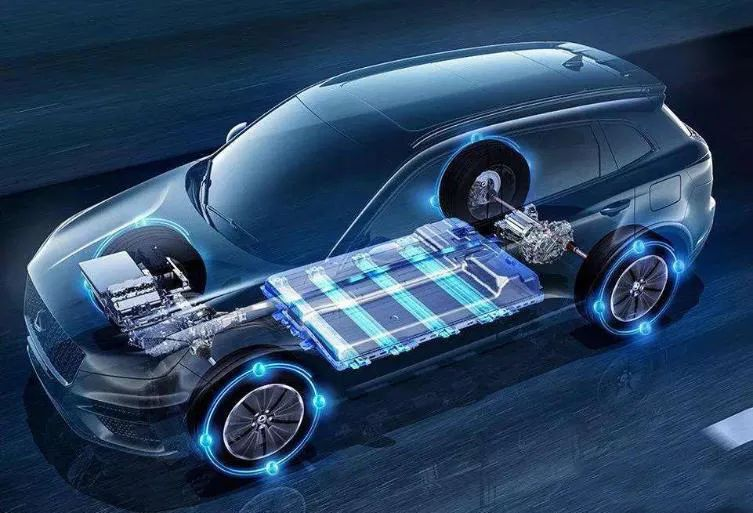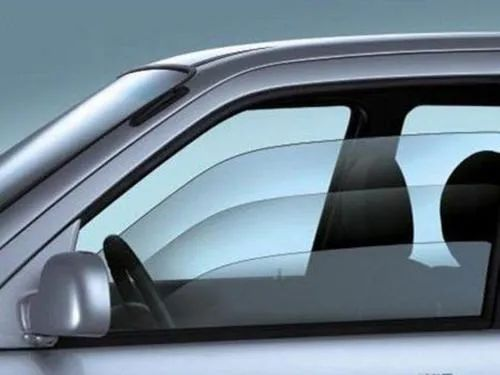- English
- 简体中文
- Esperanto
- Afrikaans
- Català
- שפה עברית
- Cymraeg
- Galego
- 繁体中文
- Latviešu
- icelandic
- ייִדיש
- беларускі
- Hrvatski
- Kreyòl ayisyen
- Shqiptar
- Malti
- lugha ya Kiswahili
- አማርኛ
- Bosanski
- Frysk
- ភាសាខ្មែរ
- ქართული
- ગુજરાતી
- Hausa
- Кыргыз тили
- ಕನ್ನಡ
- Corsa
- Kurdî
- മലയാളം
- Maori
- Монгол хэл
- Hmong
- IsiXhosa
- Zulu
- Punjabi
- پښتو
- Chichewa
- Samoa
- Sesotho
- සිංහල
- Gàidhlig
- Cebuano
- Somali
- Тоҷикӣ
- O'zbek
- Hawaiian
- سنڌي
- Shinra
- Հայերեն
- Igbo
- Sundanese
- Lëtzebuergesch
- Malagasy
- Yoruba
- Español
- Português
- русский
- Français
- 日本語
- Deutsch
- tiếng Việt
- Italiano
- Nederlands
- ภาษาไทย
- Polski
- 한국어
- Svenska
- magyar
- Malay
- বাংলা ভাষার
- Dansk
- Suomi
- हिन्दी
- Pilipino
- Türkçe
- Gaeilge
- العربية
- Indonesia
- Norsk
- تمل
- český
- ελληνικά
- український
- Javanese
- فارسی
- தமிழ்
- తెలుగు
- नेपाली
- Burmese
- български
- ລາວ
- Latine
- Қазақша
- Euskal
- Azərbaycan
- Slovenský jazyk
- Македонски
- Lietuvos
- Eesti Keel
- Română
- Slovenski
- मराठी
- Srpski језик
Fuel car electric car brake system
2024-08-12
https://www.sdrboil.com/fully-synthetic-brake-fluid-dot5-1.html
Fuel car electric car brake system

First of all, from the external hardware point of view, pure electric car and fuel car braking system is not very different, are made of brake discs and brake calipers combined, through the driver to control the brake pedal to complete the braking. But a car can easily start 1 ton or even more than 2 tons, just through the human body to step on the brake pedal to promote the force is very difficult to complete the braking. Therefore, in order to obtain sufficient braking force, the car is generally installed a vacuum pump.

In the traditional fuel car braking system: by the brake pedal, brake master cylinder, brake sub-pump, vacuum booster pump, brake hose, brake disk pads, hand brake, ABS system and other components. The brake pedal is connected to the vacuum booster pump. When the engine is working, the intake manifold generates a certain vacuum and produces a certain pressure difference with the external atmospheric pressure, thus generating the role of brake booster.

There is no engine on the pure electric vehicle, so it is not possible to create a vacuum source through the engine, and instead of the vacuum pump work is the electric control system, through the gear mechanism motor generated torque is converted into hydraulic pressure to achieve the braking, but also through the decoupling of the braking energy recovery can be maximized to increase the range of the vehicle.

First of all, due to the different design structure, for electric vehicles, the body weight is greater, coupled with a high degree of electronic braking system, the chance of problems will be much higher. Once an electric vehicle is powered by electricity, the braking system, steering system, pedal sensors, torque sensors, and electric motors may all go on strike, and the vehicle may not be able to produce a strong braking effect, and the brakes may not hold.

Also if the sensors in the electric control system are faulty, it will not be able to communicate the correct signals to the computer as well as the driver. When the pedal sensor and torque sensor are faulty, its electronic unit may misjudge that there is no braking action, and thus will not produce the corresponding braking force, resulting in the vehicle not being able to brake quickly.

In addition, electric vehicles as intelligent products, the vehicle's electronic system will appear "crash" hidden danger, just like the good computer or cell phone will appear "jamming" phenomenon, the current technology can not do 100% not crash, not jamming. Therefore, once the car is dead, there may be calculation errors, resulting in faulty braking, delayed braking problems, and ultimately lead to brake system failure.

Overall, there are still some differences between the braking systems of electric vehicles and traditional fuel vehicles. The braking system of electric vehicles has a higher degree of electronic integration, and a large number of electronic components coupled with a complex design, the chances of problems will be relatively high. Fuel car braking system components are mostly mechanical, as long as the proper maintenance, daily use will not be too big a problem.

Therefore, for owners of pure electric vehicles, it is usually necessary to have an understanding of the electric braking system and emergency strategies, so as to prevent problems before they occur.







